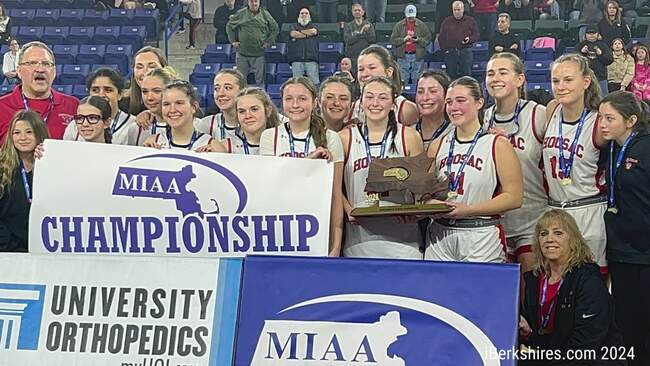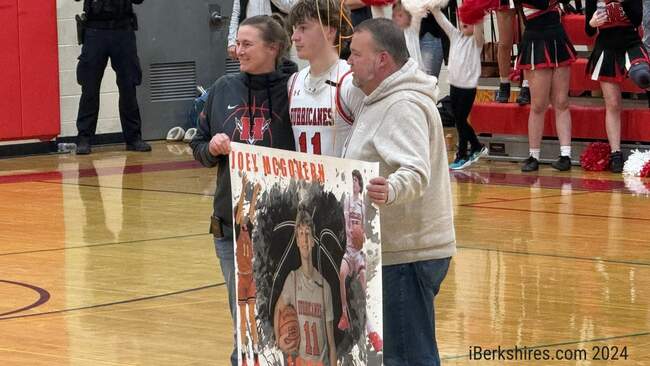Let's Reverse the Rural Physician Shortage
 |
Across the nation, unequal access to health care raises urgent, pressing problems for individual and community health. For rural and underserved communities, the most urgent challenge for patients is our shrinking supply of primary care physicians.
Data show that by 2030, the United States will face a primary care physician shortfall as high as 49,300. Only 25 percent of medical school graduates enter the primary care field; many head straight to higher-paid medical specialties.
In rural regions, this looming physician shortage is already hurting patients. A new poll by Harvard, NPR, and the Robert Wood Johnson Foundation found that one-quarter of those surveyed had trouble accessing health care recently.
Viewed in a national context, the doctor shortage issue will be most dire for Texans. The other extreme is here in Massachusetts, which has the apparent luxury of a projected surplus of primary care doctors. However, regardless of the area of the country, rural regions — such as ours, in the Berkshires — face persistent challenges in attracting and keeping primary care doctors.
Reasons for the physician shortage are complex and well-documented. Overall enrollment is rising in the nation's medical schools, but fewer grads are entering the primary care field. An aging population and improved health insurance through the Affordable Care Act are increasing demand for health care providers. Longtime, experienced physicians are grappling with burnout, which can lead to early retirement and poor quality of life at work. In our own state, licensing and credentialing physicians who want to work in our state is slow, inefficient and cumbersome.
In our practice network, we hope to hire physicians directly from within the state. But if we find a desirable out-of-state candidate, credentialing can take six months to a year; in that year, we can lose that promising recruit.
Rural communities like ours need support — and in Massachusetts, our voices are making a difference — but work remains to be done, gaps to be filled.
Health care advocates around the state, with support from the Massachusetts League of Community Health Centers and others, are advocating for incentives and credentialing changes that will improve the primary care landscape for rural and underserved communities. For instance:
* State Sen. Adam Hinds has proposed legislation requiring the state Board of Registration in Medicine to finalize, within 90 days of application, credentialing applications from physicians or provide temporary licensure pending a final decision.
* Other legislation, if passed, would restore Medicaid graduate medical education payments as a recruitment and retention tool, which, in part, would address physician shortages. Massachusetts is one of only eight states in the nation that do not utilize this policy tool.
* To improve recruitment and retention of nurse practitioners in community health settings, another bill calls for doubling the number of nurse practitioner post-graduate residency training spots at community health centers throughout the state.
* Mass Collaborative — a partnership of healthcare payers, providers and trade groups – is urging changes that would improve and streamline credentialing and licensure, both for the state and for insurance companies.
Until such improvements are in place, rural and underserved people will pay the price for staffing challenges — some of which could be relieved by state-level action.
But there's also good news: Primary care is no longer the sole domain of physicians. Nurse practitioners and physician assistants are now equal players on the front lines of patient care.
In 2013, the number of primary care nurse practitioners in the United States stood at 57,330 FTEs, a figure that is expected to reach more than 110,000 in 2025 (the actual number of nurse practitioners licensed in the U.S. is calculated at more than 270,000 by the American Association of Nurse Practitioners). And physician assistant employment has been projected to grow by 37 percent in the U.S. between 2016 and 2026.
As the wheels begin turning at the state level, we are working hard at the practice level. We must adapt to staffing pipeline challenges, retain our existing staff, and address the working conditions that are challenging healthcare providers across the nation.
To help prevent provider burnout we are adding virtual scribes to help providers focus on the patients instead of laptops and electronic medical record demands. We’ve adopted flexible staffing patterns that enable many providers to work four-day work weeks. We are expanding the use of telemedicine to help patients access specialists whom our primary care providers would otherwise have trouble referring, in a region with a dearth of certain specialists.
Primary care providers are a touchstone for health, healing and quality of life for individuals and families. They pick up on early warning signs for high blood pressure, cancer, heart disease, depression, diabetes, and other chronic conditions. Primary care providers keep medical costs down and reduce unnecessary emergency room visits. Thankfully, the work of these leading players in community well-being no longer falls solely on physicians.
Lia Spiliotes is the CEO of Community Health Programs, a federally qualified health center serving Berkshire County.

Tags: CHP,















